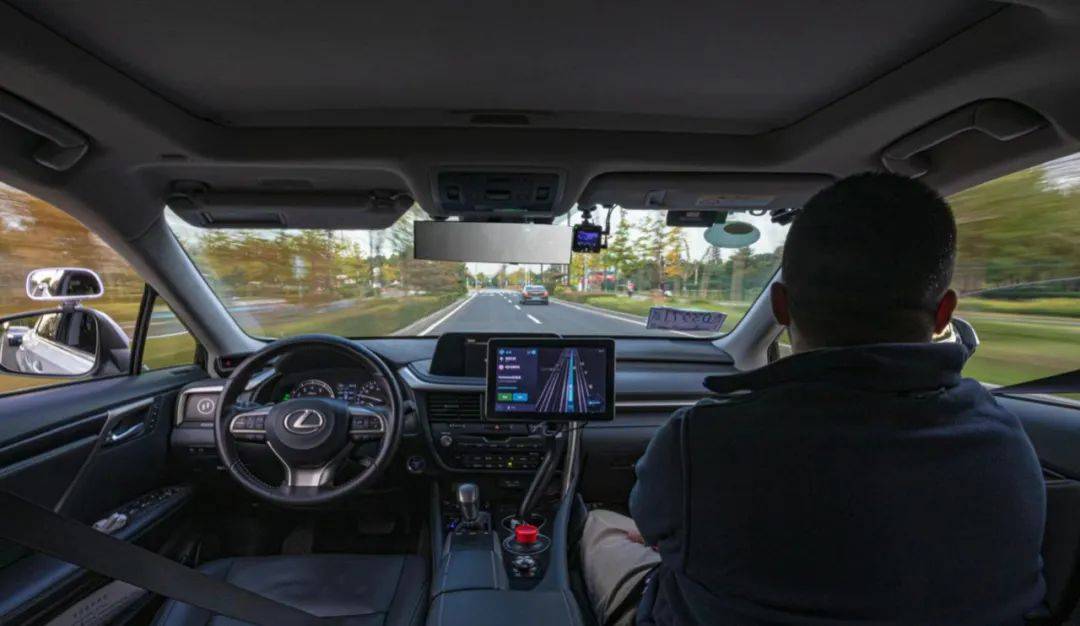
Robotaxi (self-driving taxi) is getting closer and closer to us.
At the end of April 2022, the "Implementation Rules for the Management of Unmanned Road Test and Demonstration Application of Passenger Vehicles in the Pilot Zone of the Intelligent Connected Vehicle Policy in Beijing" was officially released. As an enterprise for manned demonstration applications, Beijing has also become the first city in China to start a pilot operation of "unmanned behind the wheel" for passenger cars.
This means that you may actually hit an unmanned car when you order a car in Beijing. However, according to policy requirements, all self-driving vehicles must be equipped with a safety officer who is ready to take over the vehicle in the event of an emergency.
So, is the self-driving taxi, which has been explored and tested for so many years, really going to the general public?
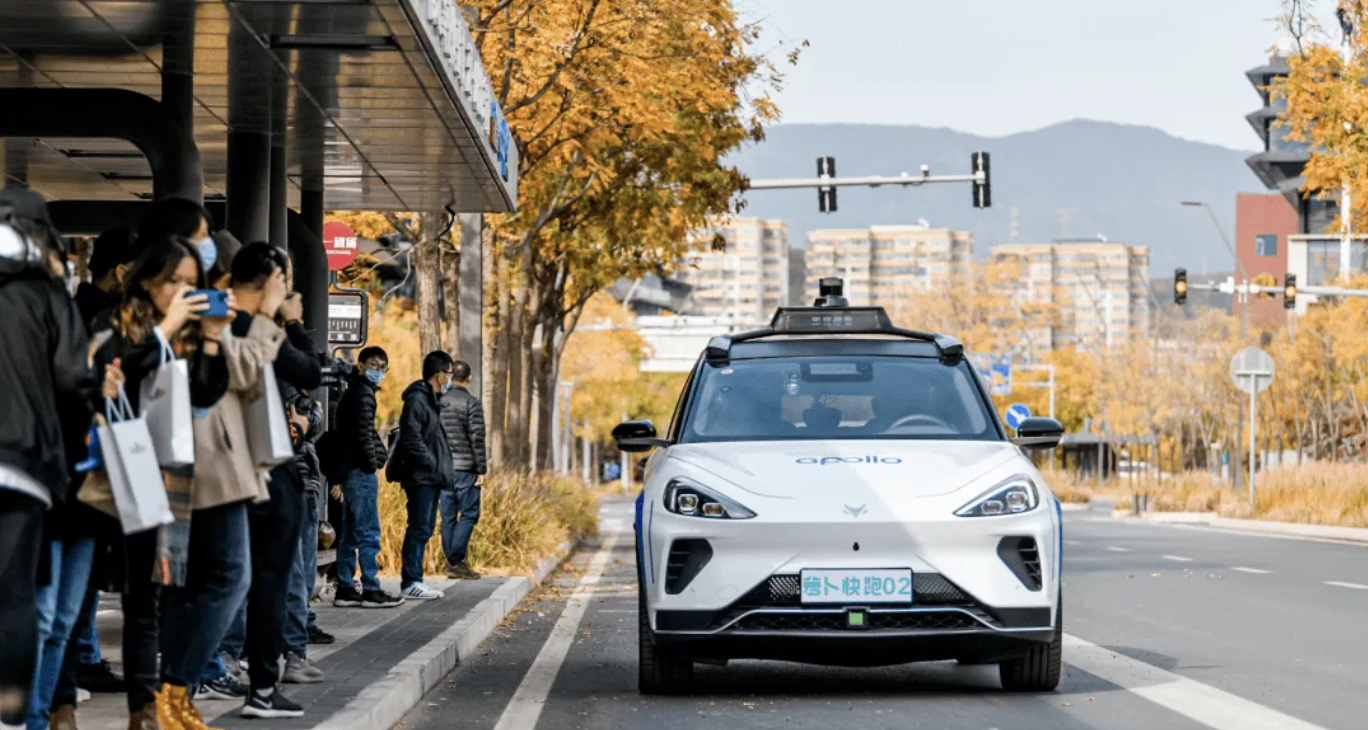
|Robotaxi is safer than human drivers
Robotaxi is equipped with a wealth of sensing components, including lidar, millimeter-wave radar and cameras, and is equipped with redundant configurations to ensure maximum safety.
With eyes and brains, a computing platform with high computing power is essential, and it is usually arranged in the luggage compartment area. The latest Robotaxi already has a computing power of 800TOPS, and uses more efficient and quieter water cooling.
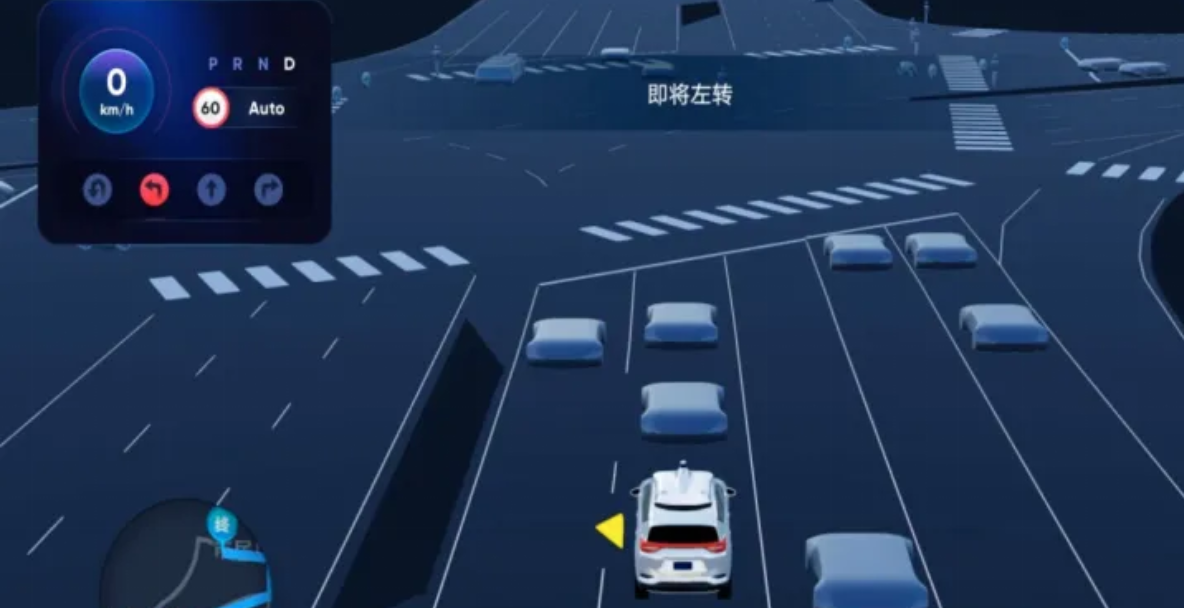
The attributes of Taxi allow it to add a lot of configuration to serve passengers. At present, passengers on Robotaxi are all sitting in the back row, and there is a screen in front of them. This is the main way for passengers to interact with the vehicle. You can also watch on this screen. To the vehicle speed, map, environment and other information.
There is generally a safety officer in the front row. His role is different from that of the driver. Under normal circumstances, the vehicle is not operated. The safety officer will only take over when there is a risk.
At the same time, the ride of Robotaxi is similar to our online car-hailing. After selecting the starting point and destination on the APP, you can call the car.
Generally, Robotaxi docks have fixed positions, so you only need to select the nearest station. After the vehicle receives the order, passengers will see the location and information of the vehicle, and they need to verify the identity of the passenger when getting on the bus, just like the car-hailing driver will ask you for the tail number of your mobile phone, and you will set off after confirmation.
All the information of the driving process of the vehicle will be displayed on the screen in front of the passengers. In the field of view of the sensor, ordinary vehicles, lane lines, and traffic lights are easy to identify and correct, while small electric donkeys, cones, and pedestrians are relatively difficult to identify. We can judge the perception level of the vehicle by comparing the accuracy with which the vehicle recognizes the object.
However, self-driving vehicles must obey traffic rules, and there are safety guards, so taking Robotaxi is even safer than ordinary online car-hailing.
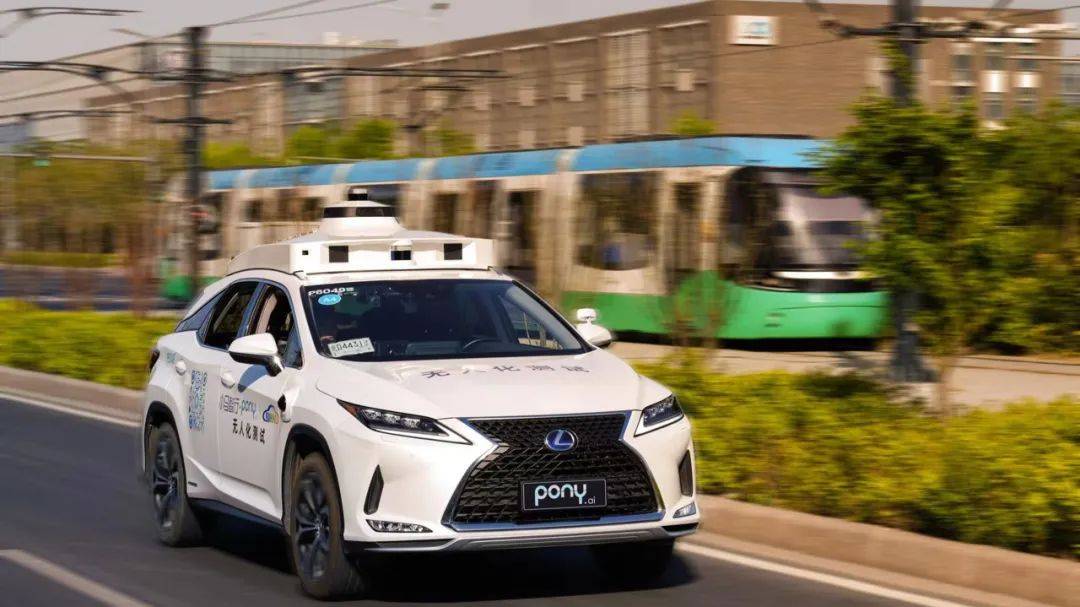
|Unmanned and large-scale is the key
By 2030, the total market size of China's shared travel will reach 2.25 trillion, of which Robotaxi will account for 60%, or 1.3 trillion. The shared travel market will gradually shift to the unmanned vehicle travel market in the future.
In the face of this blue ocean market, realizing large-scale mass production and improving commercial profitability, and feeding back technology with massive data, have become the goals of the second half of autonomous driving.
Unmanned and large-scale are two important issues that autonomous driving technology needs to overcome. With the improvement of the vehicle end, the chip computing power is greatly improved, and the cost of sensors is reduced and the performance is improved. The inflection point of autonomous driving development is coming.
The McKinsey report predicts that the cost of Robotaxi will be the same as that of online car-hailing and taxis in 2025. After that, the cost of Robotaxi will decrease year by year and gradually replace human-driven taxis.

|How long is Robotaxi before large-scale commercial operation?
At present, Beijing has issued the first batch of 14 unmanned Robotaxi licenses, including 10 for Baidu and 4 for Pony.ai. The operating area is about 60 square kilometers, covering major business districts, subway entrances, residential areas, parks, and sports centers in Yizhuang. Wait. In the actual experience feedback from users and the media, the unmanned vehicles launched by the two companies can calmly deal with traffic light intersections, pedestrians crossing the road, and takeaway brothers.
At present, Baidu's 10 unmanned vehicles are mainly operated in the core area of 20 square kilometers in the middle, and 30 more unmanned vehicles are planned to be added in the future, and the operating area will also be expanded.
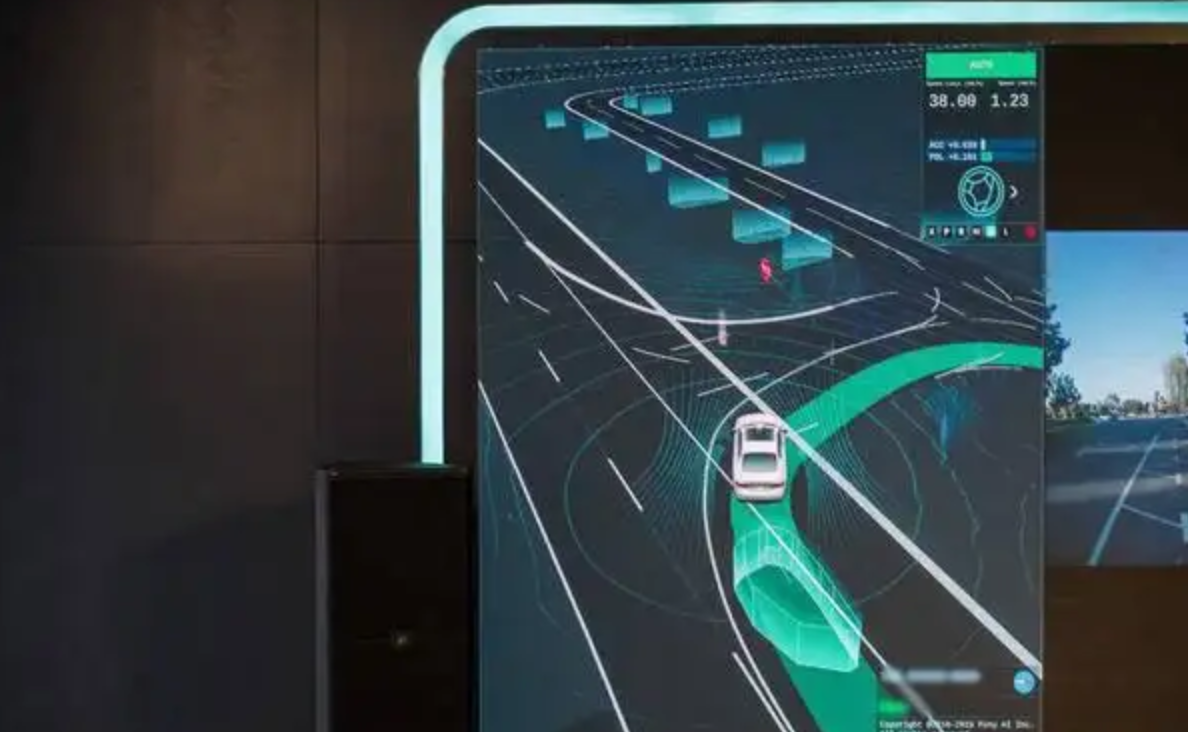
To achieve large-scale commercial operation, it is first necessary to have enough vehicles to cover a wider area, which is inseparable from policies and regulations, mass production costs, and user acceptance.
In addition, the development of autonomous driving technology also requires the maturity of the entire ecosystem, because the autonomous driving industry is definitely not something that one OEM, an autonomous driving company, or a sensor manufacturer can handle, and more capital and talents are needed to come. Promote the development of the industry.
In terms of policy, more cities will follow the example of Beijing to follow up relevant laws and regulations, and advance in an orderly manner in terms of test areas and scenarios, security officer settings, and commercial operations. According to Baidu's plan, Carrot Express will expand its business to 65 cities by 2025 and 100 cities by 2030.
The arrival of unmanned taxis, will you choose to take it?
The article is an information point compiled by Jingtai and does not constitute investment advice. Please read it carefully.





